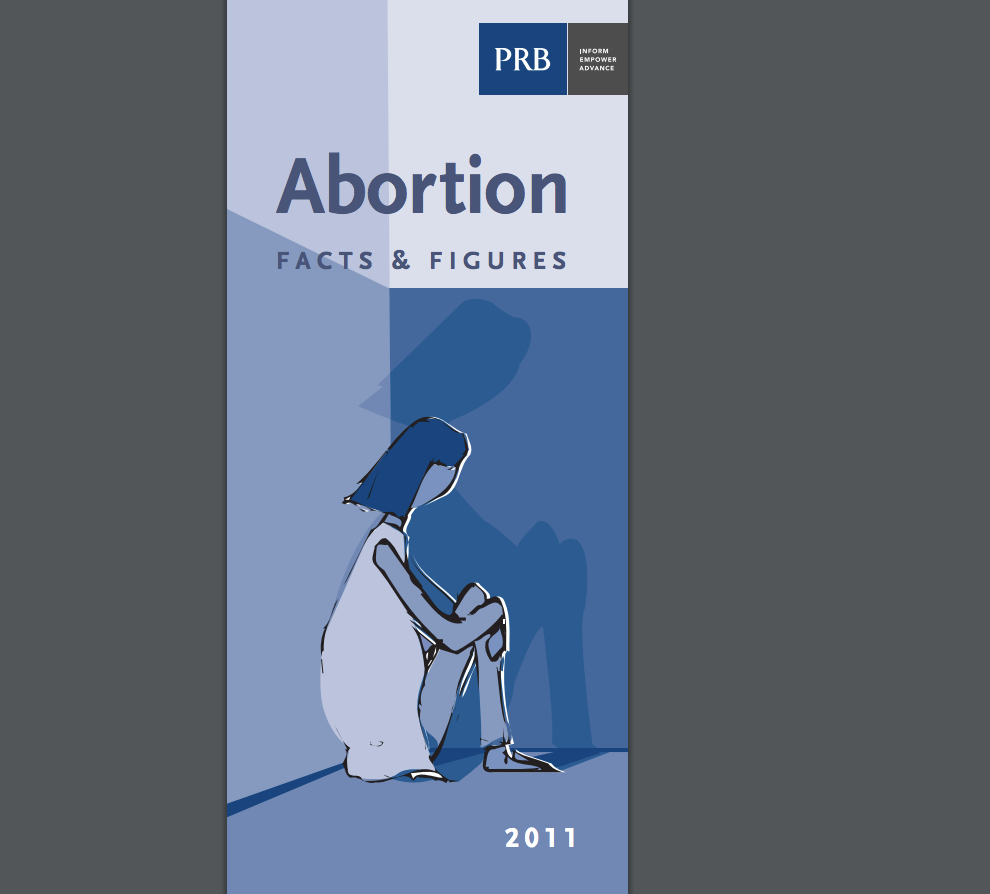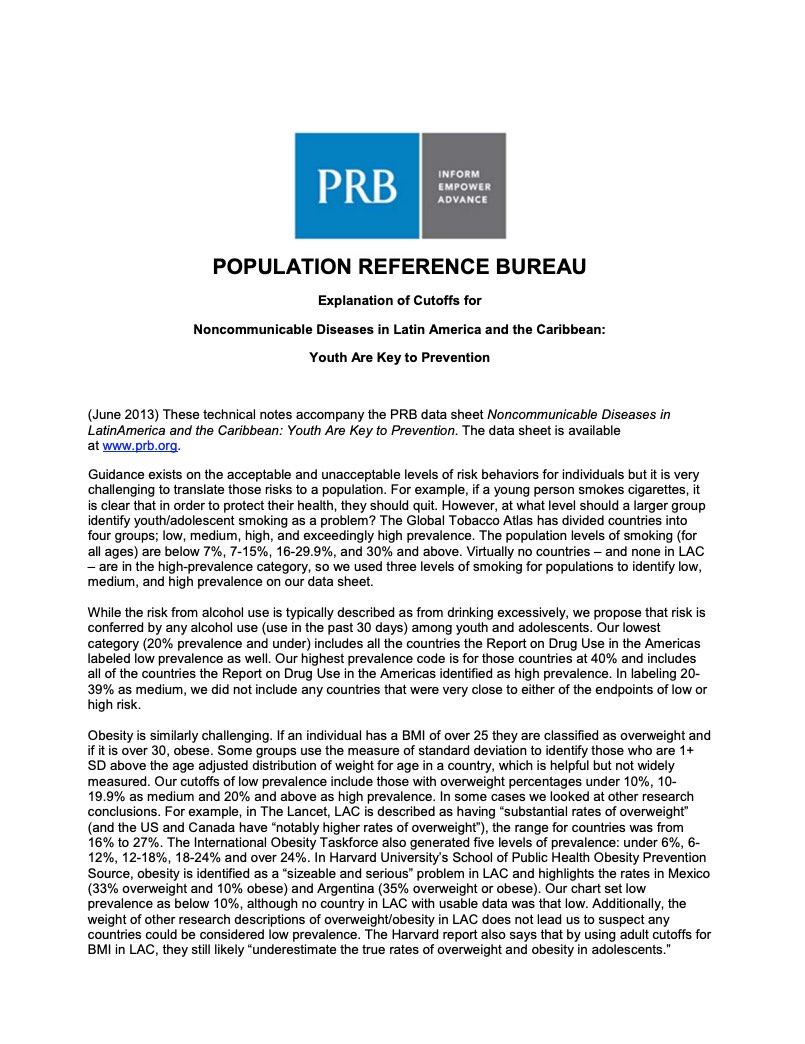Afghan Women and Men Far Apart in Literacy
(2000) The gap in male-female literacy in Afghanistan, which will undoubtedly widen as a result of the current government's draconian policies, offers a striking illustration of women's marginal status in that country.



